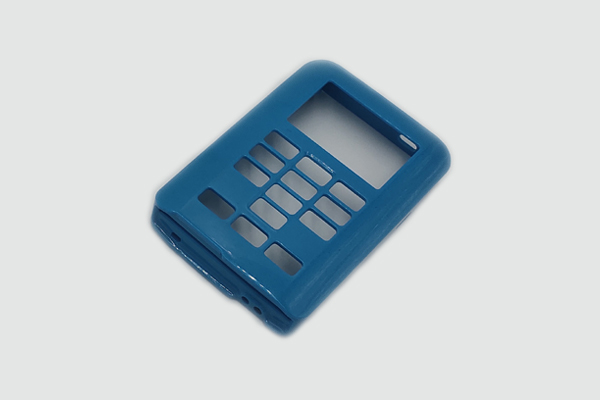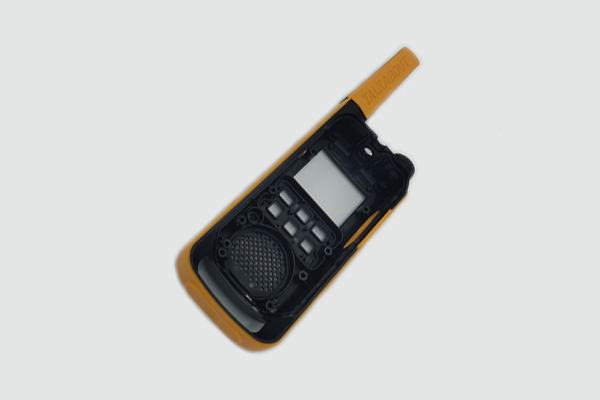Plastic Part Decoration: 5 Key Techniques Used

Are you looking to achieve (or impart) functional, performance, or aesthetic properties to your finished plastic injection molded parts? If so, you can use the techniques outlined below:
1. Digital printing
One of the most common plastic part decoration techniques is digital printing on injection molded parts. In this technique, a thin layer of dye/paint is printed on a transfer paper, which is then positioned on the plastic part. The pattern and color are bonded and transferred to the plastic resin using a heat press.
2. Lasers
This latest technology provides a plethora of benefits compared to traditional plastic part labeling techniques.
Thanks to their high production speed, accuracy, and efficiency, they’re popular amongst plastic part designers and manufacturers. In addition, they’re considered to be an entirely eco-friendly process when it comes to plastic part decoration.
3. Metal plating
This technique is extremely popular, especially in sectors where plastic parts must resemble metals in their look and feel but need to be lightweight like plastics.
 Physical vapor deposition (PVD) and electroplating techniques are commonly used for this purpose. Metals such as gold, nickel, tin, and copper are used for electroplating.
Physical vapor deposition (PVD) and electroplating techniques are commonly used for this purpose. Metals such as gold, nickel, tin, and copper are used for electroplating.
Metal plating offers a number of advantages. It doesn’t enhance the physical appearance of a part but increases its durability as well. In addition, this technique is ideal for the electronics industry, where metal layers must cover certain plastic parts to avoid interference from electromagnetic waves.
4. Application of films
In the last few decades, film processes have garnered lots of attention. In this technique, thin-film/adhesive is applied on the plastic surface.
Compared to other plastic decoration techniques, film processes offer a number of advantages. This is a simple, cost-effective, and time-saving technique.
Like stickers, films can be cut to any shape or size and are available in an array of textures and materials.
Manufacturers also use other film processes like hydrographic to decorate plastic parts. While this process is a tad more expensive than the basic film process, it provides durability.
Also referred to as immersion painting, hydrographic involves placing a thin layer of paint on water. Since the density of ink isn’t high, it floats on water. Once the plastic part is ready, it’s dipped and submerged in the tank, thus acquiring a coat of ink. To increase the durability of the painted surface, a clear paint coat is applied.
5. Painting techniques
This is a traditional method that breathes life into a plastic part. Depending on the need, manufacturers use different painting techniques, including:
- Pad printing
- Silk-screening
- Powder coating
- Spray painting
Get one-stop service from mold design to products assembly with PTMS—the best injection mold maker in China
Being one of the best plastic injection molding companies in Shenzhen, China, PTMS specializes in custom plastic parts mass production. Our goal is to offer excellent quality plastic injection molding service and make value for customers.
Reach out to us now for an injection molding quote online!
